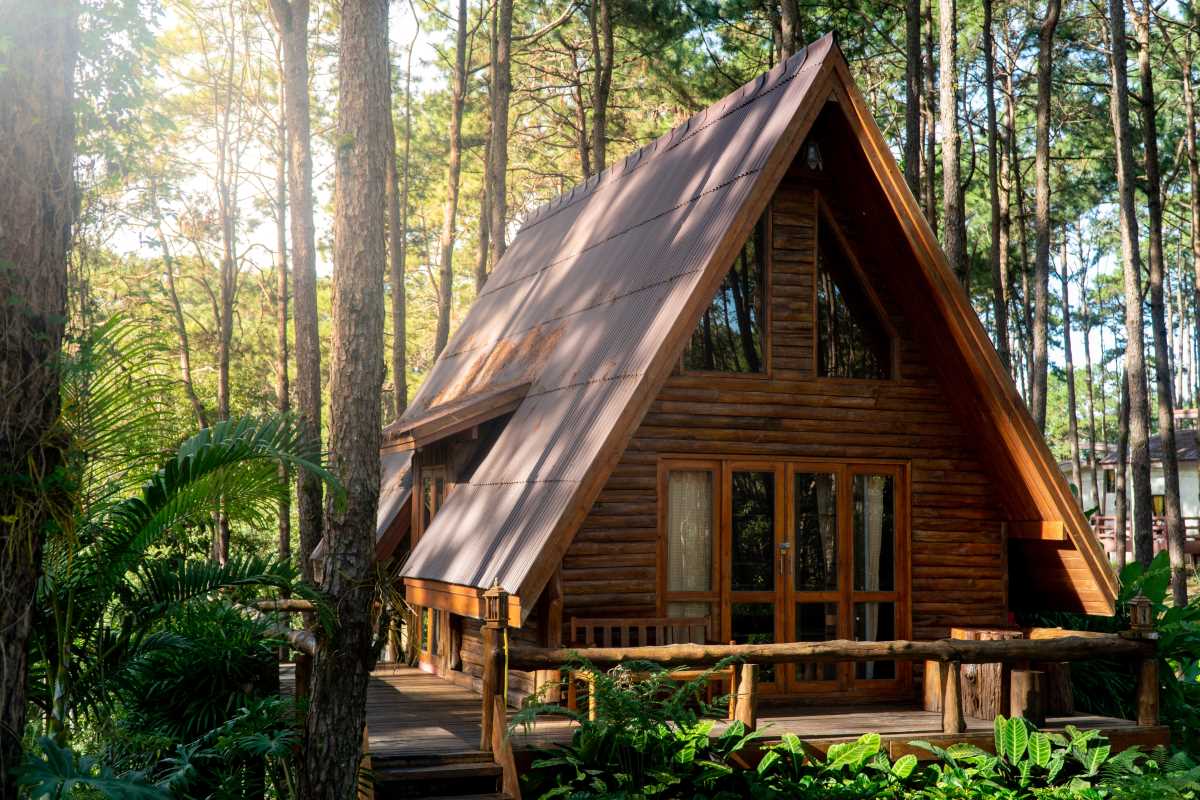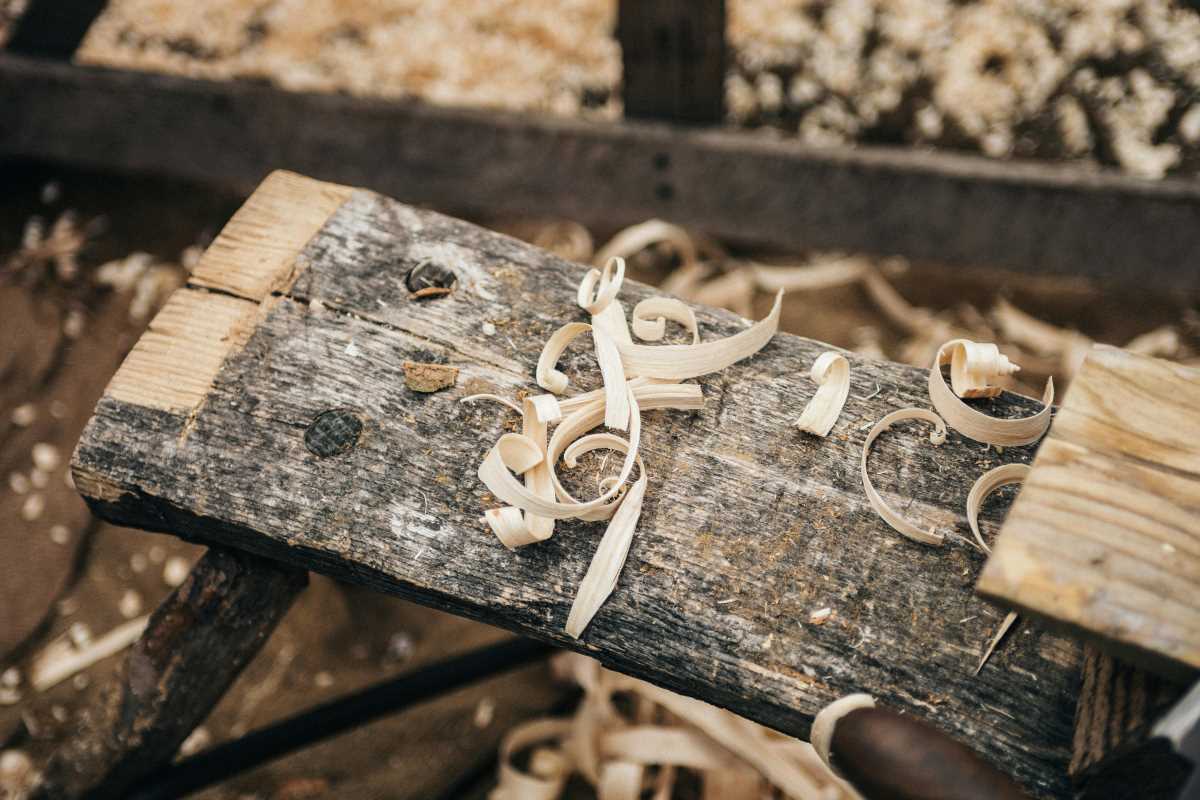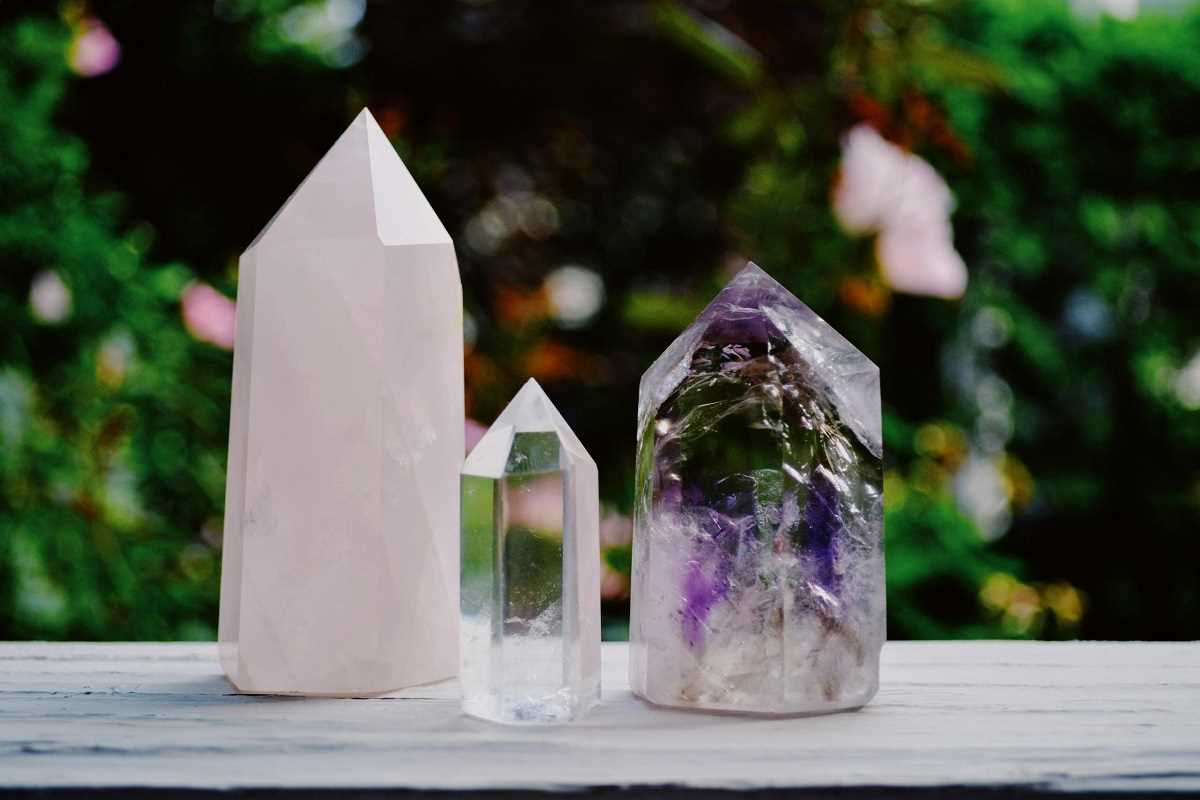A garden can be so much more than just a collection of plants. It can become a sanctuary, a place that nurtures your soul and reflects the balance of nature. One powerful way to achieve this is by designing a garden inspired by the four classical elements: earth, water, air, and fire. Each element represents a unique aspect of life and nature, and incorporating them into your outdoor space can create a harmonious and deeply meaningful environment.
This guide will walk you through how to infuse your garden with the essence of these elements, offering specific ideas and practical tips for each one. By the time you’re done, you’ll have a balanced and beautiful outdoor retreat that feels perfectly in tune with nature.
1. Earth – The Foundation of Your Garden
The earth element represents grounding, stability, and fertility. It’s the foundation of any garden, both literally and symbolically. Focusing on the earth element means paying attention to the soil, plants, and the structures that create a solid framework for your outdoor space.
Key Ideas to Incorporate Earth
Enrich the Soil
Healthy, nutrient-rich soil is the backbone of any garden. Test your soil to determine its pH and nutrient levels, then amend it with compost, organic matter, or fertilizers to ensure it provides a solid base for your plants.
Choose Earthy Plants
Select plants that symbolize grounding and resilience, such as trees and shrubs. Evergreens lend a sense of permanence, while herbs like rosemary and lavender connect you to the earth with their soothing aromas.
Add Stone Elements
Stone is an excellent representation of the earth. Consider incorporating pathways made of slate or gravel, or create a rock garden with succulents and low-maintenance plants. Natural stone can also be used for planters, retaining walls, or seating.
Create Gardening Beds
Define sections of your garden with raised beds or borders made from materials like wood, stone, or brick. These areas are perfect for nurturing vegetable gardens or vibrant flower displays.
Pro Tip
Use mulch or woodchips to cover bare soil. This help retain moisture and prevent weedsand represents the grounding stability of the earth element.
2. Water – The Soulful Flow
The water element brings tranquility, renewal, and emotional balance to your garden. Incorporating water features can transform your space into a peaceful retreat that soothes your mind and body.
Key Ideas to Incorporate Water
Install a Water Feature
A fountain, pond, or small waterfall can be the centerpiece of a water-inspired garden. The sound of running water adds an auditory connection to nature, while the sight of still or rippling water is endlessly calming.
Use Reflective Surfaces
Mirrors or reflective gazing balls can mimic the effect of water by creating an illusion of shimmering depth in your garden. Place them strategically to catch sunlight and add dimension.
Grow Water Plants
If you install a pond, consider incorporating aquatic plants like water lilies or lotus flowers. These plants thrive in water and introduce softness and beauty to the space.
Irrigation with Intention
For a subtler nod to water, install a drip irrigation system or rainwater harvesting setup. These sustainable additions are practical and honor water as a precious resource.
Pro Tip
Position your water features in areas where you spend the most time, like a seating area or meditation corner, to maximize their calming effects.
3. Air – The Breath of Life
Air represents movement, freedom, and creativity. It often gets overlooked in garden design, but adding elements that highlight airflow can help your space feel alive and dynamic.
Key Ideas to Incorporate Air
Make Use of Wind Chimes
Wind chimes in metal, wood, or bamboo are a beautiful way to layer sound into your garden. Their gentle tones echo the movement of the air and create an atmosphere of peace and relaxation.
Introduce Tall, Swaying Plants
Grasses like pampas grass or bamboo dance gracefully in the breeze, bringing motion to your garden. Their rustling sound adds an organic connection to air circulation.
Open Pathways and Space
Create open areas or winding paths to allow airflow to move freely through your garden. This enhances the feeling of spaciousness and encourages you to spend time walking and reflecting outdoors.
Bird-Friendly Features
Birdhouses, feeders, and baths invite winged visitors to your garden, celebrating the element of air. Hummingbirds and butterflies, in particular, bring lightness and movement to the space.
Pro Tip
If wind protection is a concern, install trellises or hedges to act as natural windbreaks. This ensures that breezes enhance rather than disrupt your garden.
4. Fire – The Element of Energy
The fire element represents energy, passion, and transformation. It’s the most dynamic element, perfect for creating warmth and drama in your garden.
Key Ideas to Incorporate Fire
Add a Fire Pit
A fire pit or outdoor fireplace is one of the easiest and most impactful ways to introduce fire into your garden. It provides light, warmth, and a gathering point for family and friends.
Use Warm Colors
Bright, fiery hues like red, orange, and yellow bring the essence of fire to your garden. Incorporate these colors through flowers like marigolds, poppies, or zinnias. Alternatively, use warm-toned planters or cushions for a subtler approach.
Illuminate with Lighting
Landscape lighting, lanterns, or string lights act as a modern interpretation of the fire element. Use them to highlight paths, trees, or seating areas while adding a magical glow after dark.
Include Reflective Surfaces
Copper or bronze decor can mimic the flicker of firelight. Consider a copper birdbath, metallic sculptures, or reflective spheres placed strategically to catch the light.
Pro Tip
Combine fire and earth by building a stone fire pit bordered with natural seating. This creates an intimate space for storytelling or quiet evenings under the stars.
Creating a Balanced Garden
Integrating the elements into your garden isn’t just about individual features; it’s about creating a sense of balance and harmony. Here are some tips to pull everything together:
Start with a Plan
Sketch out your garden ideas, considering how the elements can flow into one another. For instance, a small pond near a fire pit can create a beautiful water-fire contrast, while stone pathways complement airy grasses and wind chimes.
Focus on Scale
Don’t overdo any one element. A small garden might benefit from a tabletop fountain instead of a full pond or a chiminea instead of a massive fire pit.
Use Natural Transitions
Blend different elements naturally. For example, use steppingstones (earth) to lead to a water feature, or border a fire pit with greenery to soften its impact.
Think Seasonally
Plan for year-round enjoyment by including evergreen plants (earth), soft solar lights (fire), and winter-friendly wind chimes (air).
 (Image via
(Image via





